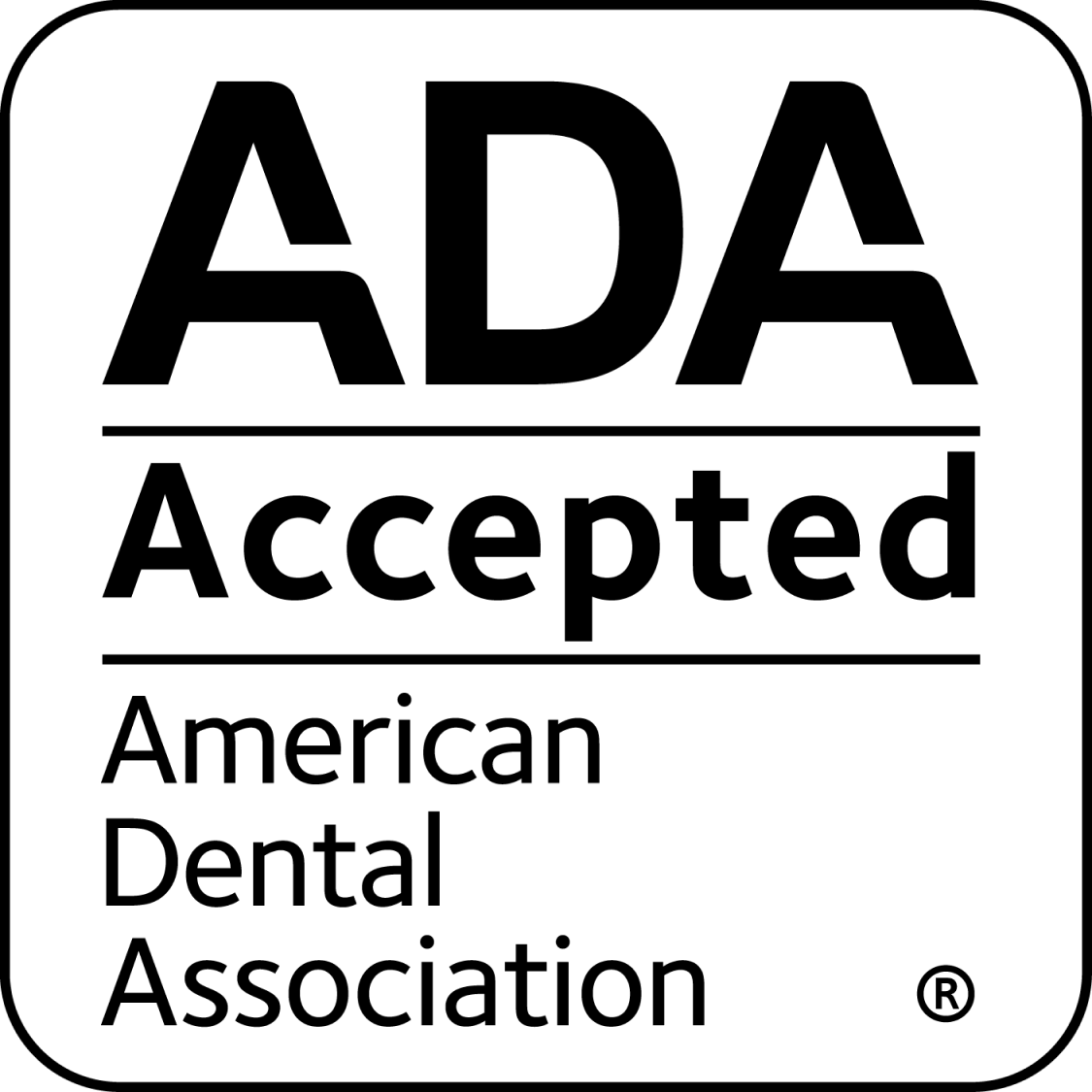
What to Do When Your Child Has a Loose Tooth
Watching your child experience the excitement of losing a tooth is a milestone that often comes with mixed emotions for both parents and children. As a parent, you may have questions about what to do when your child has a loose tooth. This guide aims to provide answers to your queries and guide you through this important stage of your child's dental development.

How Often Can a Tooth Be Wobbly?
It's common for children to have loose teeth as part of the natural process of losing baby teeth and making way for permanent teeth. The frequency of loose teeth varies from child to child. Typically, children start losing their baby teeth around the age of 6 and continue until their early teens. Loose teeth can occur intermittently during this period, as their permanent teeth gradually push the baby teeth out.
Should I Pull My Child's Loose Tooth Out?
In most cases, it is not necessary to intervene and forcibly remove a loose tooth. Letting the tooth fall out naturally is usually the best course of action. Encourage your child not to wiggle or play with the loose tooth excessively, as it could cause unnecessary pain or lead to infection. However, if the tooth is barely hanging on or causing significant discomfort, it may be appropriate to consult a dentist for professional advice.
How Long Does It Take for a Loose Tooth to Fall Out?
The duration for a loose tooth to fall out varies from child to child. On average, it can take a few weeks to a few months for a loose tooth to come out. Patience is key during this process. Encourage your child to maintain good oral hygiene and continue regular brushing and flossing to prevent any potential complications or infection.

Managing Discomfort and Encouraging Healthy Oral Care
While the tooth is loose, your child may experience mild discomfort or sensitivity. Here are some tips to help them manage this phase:
- Soft Diet: Offer your child soft, easy-to-chew foods to minimize discomfort while eating.
- Warm Saltwater Rinse: Encourage your child to rinse their mouth with warm salt water to alleviate any irritation or swelling.
- Over-the-Counter Pain Relief: Consult your dentist or pediatrician for appropriate over-the-counter pain relief options if needed.
- Maintaining Oral Hygiene: Emphasize the importance of regular brushing and flossing to keep the surrounding gums and remaining teeth healthy.
🦷Toothy Tip: AutoBrush is safe to use with loose teeth, just make sure to brush gently.
When to Seek Professional Advice
While loose teeth are usually a normal part of dental development, certain situations may require professional attention:
- Excessive Bleeding: If your child experiences heavy bleeding or prolonged bleeding after a loose tooth falls out, consult a dentist.
- Infection: If the area around the loose tooth becomes red, swollen, or shows signs of infection, it's important to seek professional help.
- Prolonged Retention: If a loose tooth doesn't come out naturally after several months, a dentist can assess the situation and provide guidance.

To Recap
Experiencing a loose tooth is an exciting and sometimes nerve-wracking time for both children and parents. By understanding the natural process of tooth loss and following some simple guidelines, you can ensure a smooth and healthy transition for your child. Remember, maintaining good oral hygiene and seeking professional advice when necessary are key to your child's dental well-being. Enjoy this special phase of your child's growth and celebrate each new milestone as they embark on their journey towards a healthy, beautiful smile!












